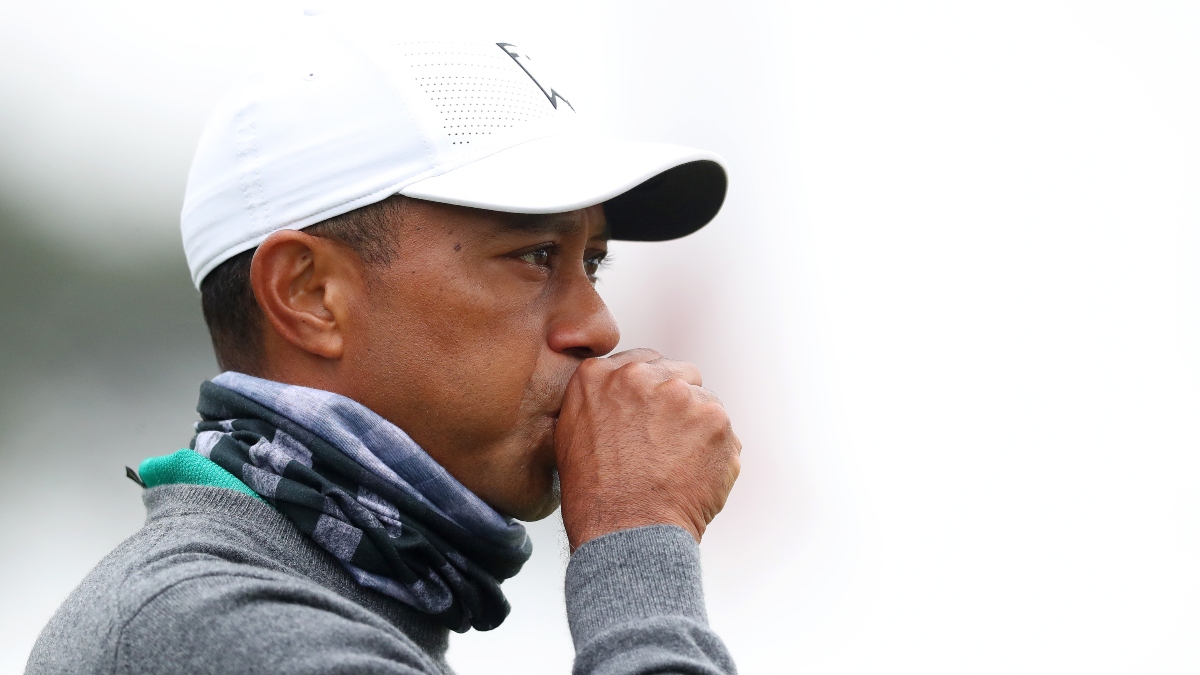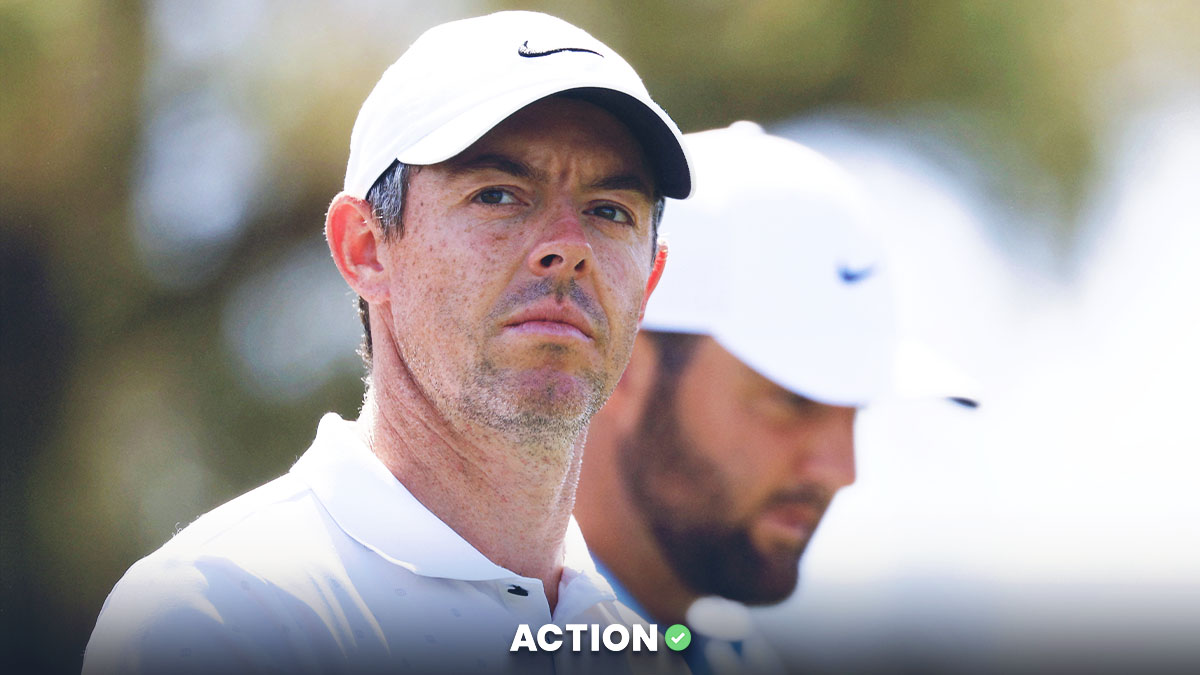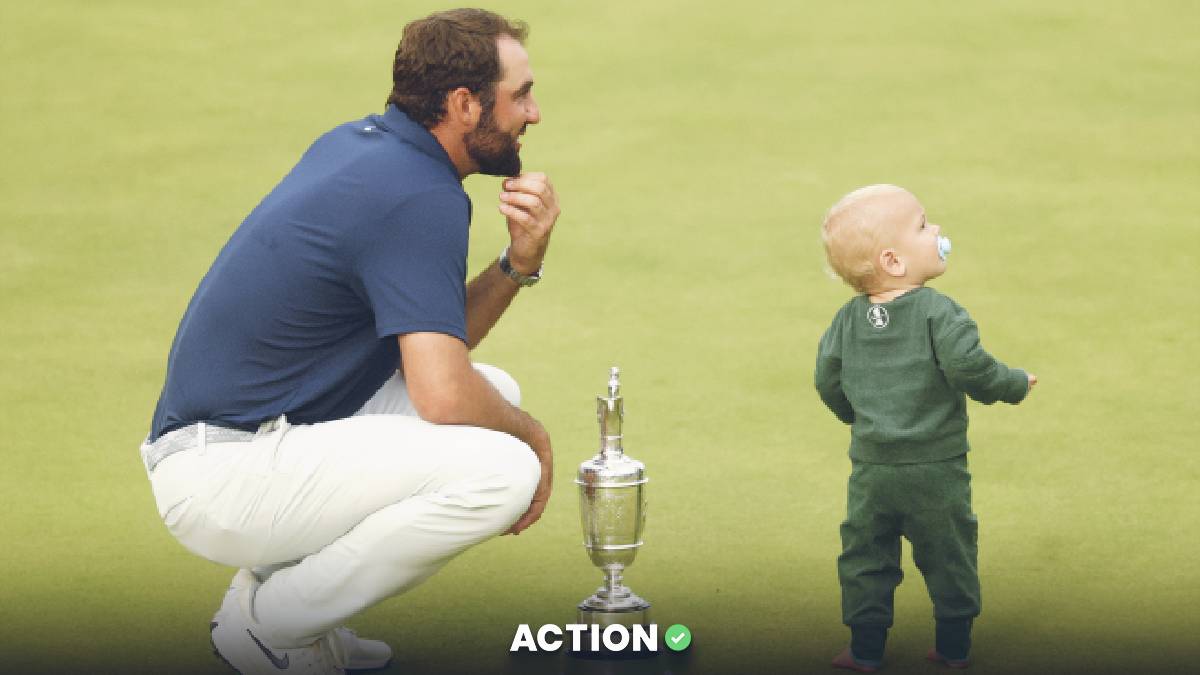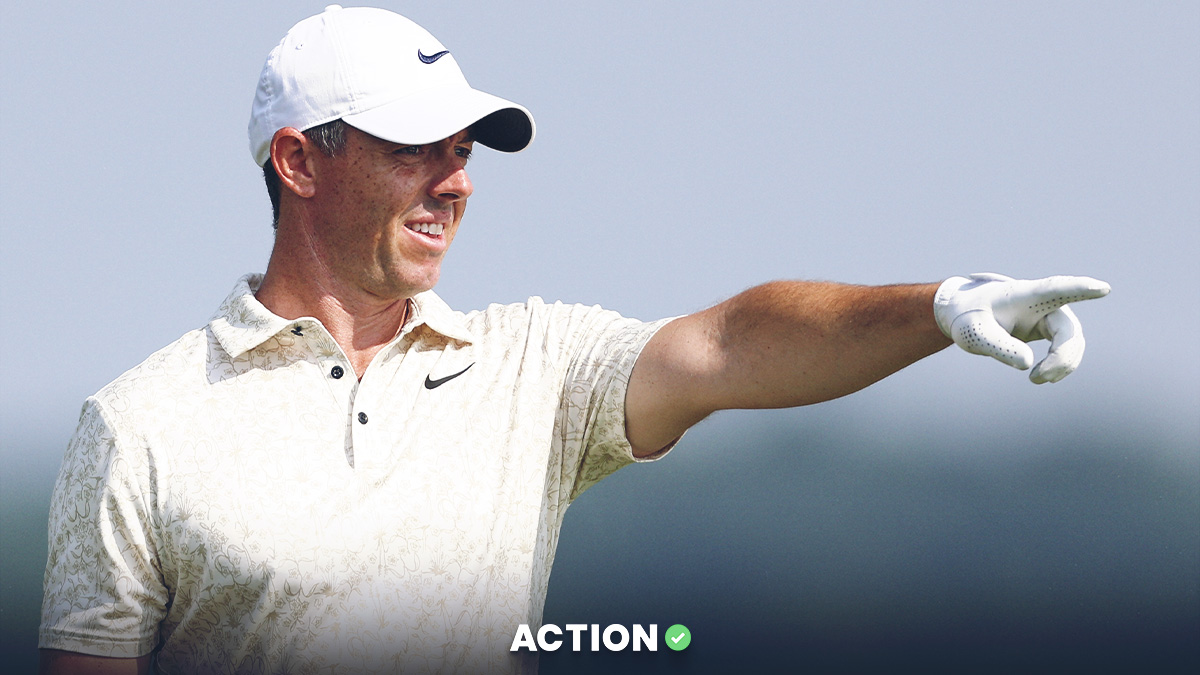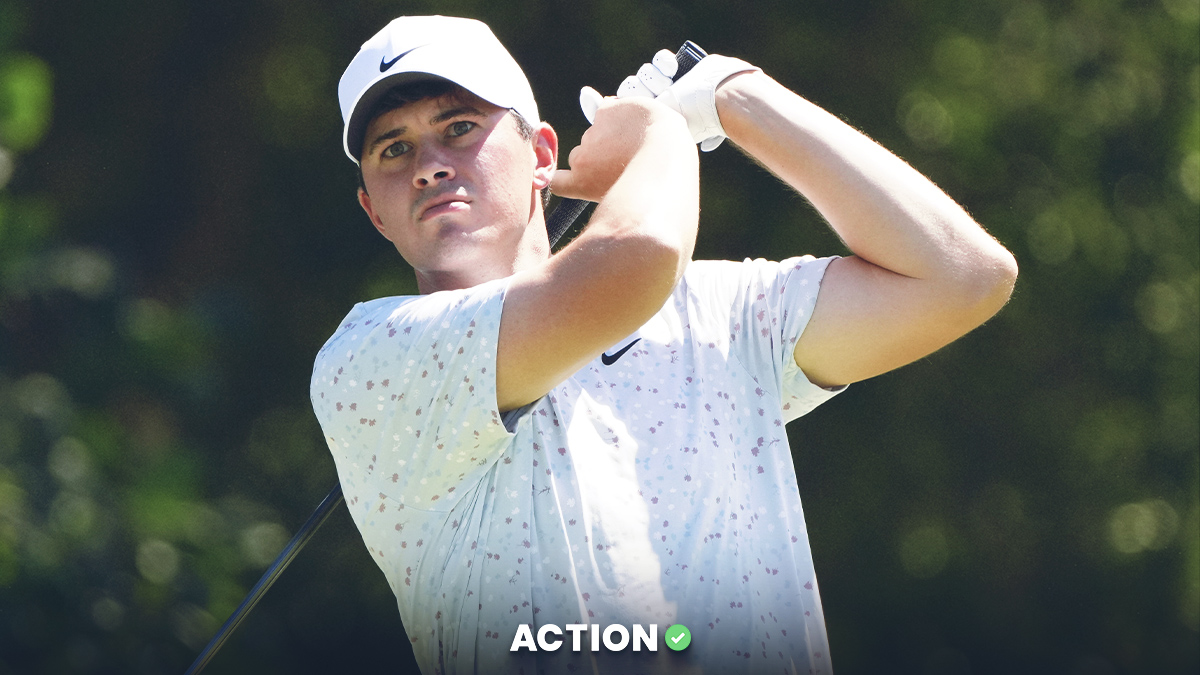You want a little side action on the PGA Championship this week? OK, let’s set the over/under on the number of times we hear the term “marine layer” at 72.5.
I’ll take the over, please.
“With this marine layer here and the way it's going to be the rest of the week,” Tiger Woods said Tuesday, “the rough is only going to get thicker, so it's going to put a premium on getting the ball in play.”
That’s one.
Sure, you’ll hear plenty of references to the thick air surrounding TPC Harding Park throughout the four tournament rounds, but that’s only because it’s one of the most relevant topics for this event, as it will determine club selection, scoring and, potentially, the eventual champion.
Temperatures at the Bay Area track are expected to start in the mid-to high-50s by the first tee time each morning, climbing all the way into the mid-60s during the warmest part of the afternoon.
Welcome to sweater weather in the middle of the summer.
At so many major championships over the years, the weather has been like a video game turned to the toughest setting, with Mother Nature reaching into the depths of her powers to create a perverse environment for the world’s best players to ply their craft.
Just 13 months ago, in the most recent major championship at Royal Portrush, blustery breezes and sideways rain affected the Open Championship proceedings.
The weather might not be that outlandish this week, but the talk around TPC Harding Park so far is all about how it will impact the flight of their golf balls.
For players so exact with their measurements, hitting shots in the marine layer will often resemble a guessing game.
“There's not a science,” admitted Justin Thomas, the tournament favorite this week. “It's not like you're in Mexico where, hey, I'm playing 12 percent here. It's like, hey, it's pretty cold here and we're into a little bit of a mist, like this is probably something like a 15-, 20-yard difference.”
For players who know not only the exact club that flies, say, 192 yards – and not 190 or 194 – it’s this inexact science which could prove to be the most difficult part of this tournament.
“I was anywhere from 10 to 13 yards shorter with a very similar swing and ball speed with the irons, and the driver is up to 20 yards shorter in carry,” Jordan Spieth said. “It's just an adjustment. I think for me it normally takes a day or two of really being out on the course hitting a shot, being like, wow, hitting another one from the fairway after you didn't believe it and it still comes up short, and then you start to kind of recalibrate.”
If there’s an advantage, it goes to those teeing off early in the opening round and late in the second round, as those aforementioned Thursday afternoon winds could wreak havoc on scoring.
There is a bright side, though – literally – for those who make it to the weekend.
Those mid-60s temperatures are forecasted to soar all the way up to 71 degrees for the final two rounds – or as one weather site phrases it, “sunny and delightful.”


